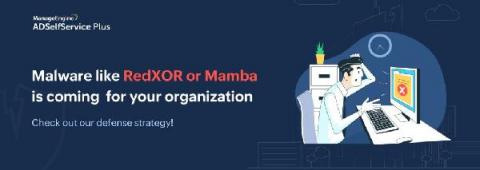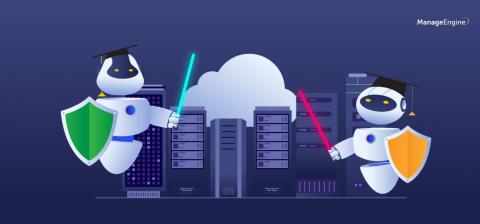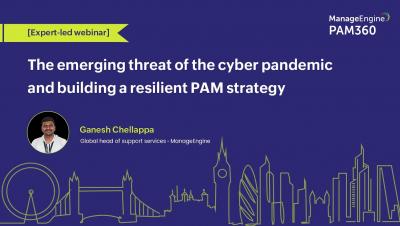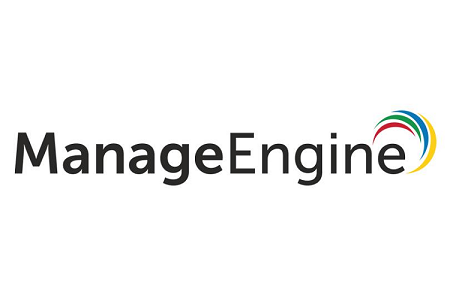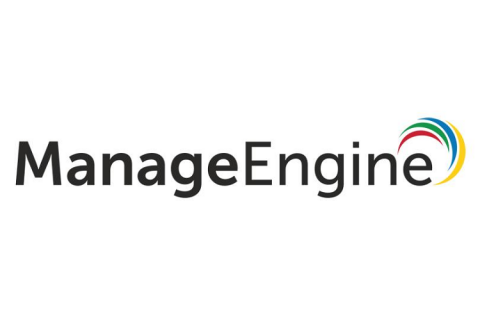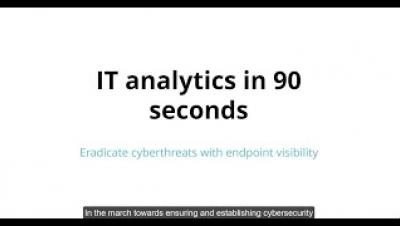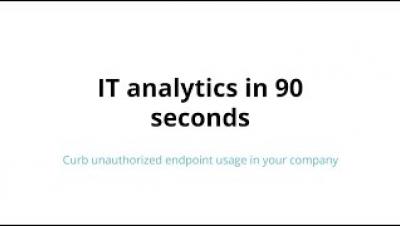Beware of malware attacks: Little-known facts and why they matter
Did you know that nearly 560,000 new instances of malware are detected every day? As cybersecurity advances, threat actors develop malware with new tricks that exploit weaknesses in an IT environment. Once the malware finds a loophole, it spreads exponentially like a disease, corrupting files, exfiltrating data, redirecting traffic to other destinations, and performing other malicious activities. Malware can spread at a jaw-dropping rate.


